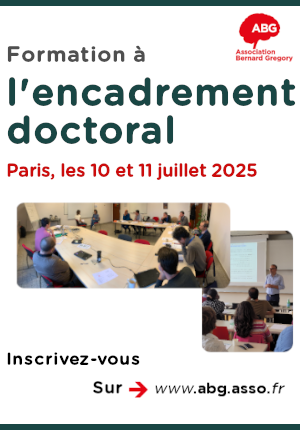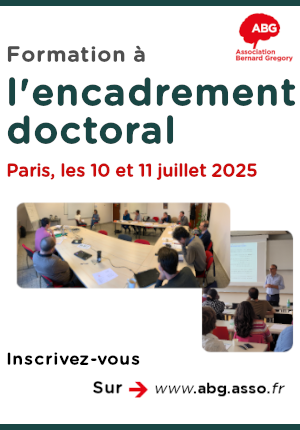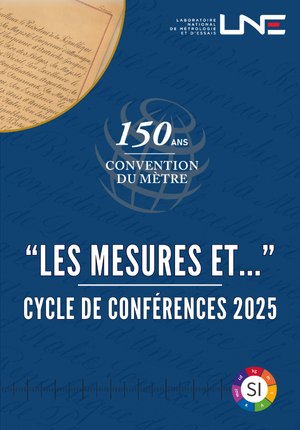Optimisation géomécanique de la lixiviation in situ // Geomechanical stimulation of In Situ Leaching mining process
|
ABG-132573
ADUM-66613 |
Thesis topic | |
| 2025-06-19 |
Université de Pau et des Pays de l'Adour
Pau - Nouvelle Aquitaine - France
Optimisation géomécanique de la lixiviation in situ // Geomechanical stimulation of In Situ Leaching mining process
- Electronics
Endommagement, Perméabilité, Stimulation dynamique
Damage, Permeability, Dynamic stimulation
Damage, Permeability, Dynamic stimulation
Topic description
L'extraction de l'uranium est un processus minier qui devrait être aujourd'hui, comme tout processus minier, le moins nocif possible pour l'environnement. Parmi les possibilités, on trouve l'extraction sur site de l'uranium sous forme de soluté à l'aide d'un procédé de lixiviation, connu sous le nom de méthode de lixiviation in situ (ou récupération in situ). Une solution est injectée dans un puits, elle circule dans la formation et est ensuite extraite d'un autre puits. Les composants de l'uranium sont ensuite séparés à la surface. Le mécanisme de base en jeu est la solubilisation des composants solides de l'uranium à la suite d'une réaction de dissolution supposée quasi-instantanée par rapport au temps caractéristique de perméation du fluide dans la formation ou au temps caractéristique de diffusion des espèces de solutés dans la roche poreuse. Cette solution dépend toutefois de la perméabilité de la formation. L'optimisation de cette technique nécessite la mise au point de procédés visant à améliorer la perméabilité de la formation.
La fracturation hydraulique peut être utilisée pour favoriser la perméation du fluide circulant en créant des fractures qui servent de drains. Cette étude doctorale vise à explorer la fracturation dynamique en tant que technique d'optimisation. Le principal avantage est qu'au lieu de la propagation d'une fissure majeure, les charges dynamiques induisent des fissures distribuées, produisant ainsi un plus grand volume stimulé autour du puits. La fracturation à l'aide de décharges électriques pulsées ou de la combustion de gaz sera envisagée.
------------------------------------------------------------------------------------------------------------------------------------------------------------------------
------------------------------------------------------------------------------------------------------------------------------------------------------------------------
The extraction of uranium is a mining process that should be today, like every mining process, as little as possible harmful for the environment. Among the possibilities is the on-site extraction of uranium in a solute form using a leaching process, known as In Situ Leaching (or In Situ Recovery) mining method. A solution is injected in a well, it circulates in the formation and then it is extracted from another well. After, uranium components are separated on the surface. The basic mechanism at stake is the solubilization of uranium solid components following a chemical reaction that is assumed quasi-instantaneous compared to the characteristic time of permeation of the fluid in the formation or to the characteristic diffusion time of solute species in the porous rock. This solution, however, relies on the permeability of the formation. Optimizing this technique calls for devising processes aimed at enhancing the permeability of the formation.
Hydraulic fracturing may be used to promote the permeation of the circulating fluid by creating fractures that serve as drains. This doctoral study intends to explore dynamic fracturing as an optimization technique. The major advantage is that instead of the propagation of a major crack, dynamic loads induce distributed cracks, thereby producing a larger stimulated volume around the well. Fracturing with pulsed electrical discharges or propellant combustion shall be considered.
------------------------------------------------------------------------------------------------------------------------------------------------------------------------
------------------------------------------------------------------------------------------------------------------------------------------------------------------------
Début de la thèse : 01/10/2025
La fracturation hydraulique peut être utilisée pour favoriser la perméation du fluide circulant en créant des fractures qui servent de drains. Cette étude doctorale vise à explorer la fracturation dynamique en tant que technique d'optimisation. Le principal avantage est qu'au lieu de la propagation d'une fissure majeure, les charges dynamiques induisent des fissures distribuées, produisant ainsi un plus grand volume stimulé autour du puits. La fracturation à l'aide de décharges électriques pulsées ou de la combustion de gaz sera envisagée.
------------------------------------------------------------------------------------------------------------------------------------------------------------------------
------------------------------------------------------------------------------------------------------------------------------------------------------------------------
The extraction of uranium is a mining process that should be today, like every mining process, as little as possible harmful for the environment. Among the possibilities is the on-site extraction of uranium in a solute form using a leaching process, known as In Situ Leaching (or In Situ Recovery) mining method. A solution is injected in a well, it circulates in the formation and then it is extracted from another well. After, uranium components are separated on the surface. The basic mechanism at stake is the solubilization of uranium solid components following a chemical reaction that is assumed quasi-instantaneous compared to the characteristic time of permeation of the fluid in the formation or to the characteristic diffusion time of solute species in the porous rock. This solution, however, relies on the permeability of the formation. Optimizing this technique calls for devising processes aimed at enhancing the permeability of the formation.
Hydraulic fracturing may be used to promote the permeation of the circulating fluid by creating fractures that serve as drains. This doctoral study intends to explore dynamic fracturing as an optimization technique. The major advantage is that instead of the propagation of a major crack, dynamic loads induce distributed cracks, thereby producing a larger stimulated volume around the well. Fracturing with pulsed electrical discharges or propellant combustion shall be considered.
------------------------------------------------------------------------------------------------------------------------------------------------------------------------
------------------------------------------------------------------------------------------------------------------------------------------------------------------------
Début de la thèse : 01/10/2025
Funding category
Funding further details
Partenariat d'entreprises ou d'associations
Presentation of host institution and host laboratory
Université de Pau et des Pays de l'Adour
Institution awarding doctoral degree
Université de Pau et des Pays de l'Adour
Graduate school
211 Sciences Exactes et leurs Applications
Candidate's profile
Une bonne connaissance de la mécanique des milieux continus et de la modélisation constitutive des géomatériaux (modélisation hydromécanique) est essentielle. Le candidat doit avoir des connaissances suffisantes en mécanique informatique et il devra effectuer des calculs par éléments finis en dynamique sur des codes existants. L'anglais ou le français sera la langue de travail.
A good knowledge of continuum mechanics, constitutive modelling of geomaterials (hydromechanical modelling) is essential. The applicant should have sufficient knowledge in computational mechanics and he will have to run finite element calculations in dynamics on existing codes. English or French will be the working language.
A good knowledge of continuum mechanics, constitutive modelling of geomaterials (hydromechanical modelling) is essential. The applicant should have sufficient knowledge in computational mechanics and he will have to run finite element calculations in dynamics on existing codes. English or French will be the working language.
2025-07-18
Apply
Close
Vous avez déjà un compte ?
Nouvel utilisateur ?
More information about ABG?
Get ABG’s monthly newsletters including news, job offers, grants & fellowships and a selection of relevant events…
Discover our members
 MabDesign
MabDesign  Nokia Bell Labs France
Nokia Bell Labs France  Tecknowmetrix
Tecknowmetrix  Ifremer
Ifremer  Groupe AFNOR - Association française de normalisation
Groupe AFNOR - Association française de normalisation  SUEZ
SUEZ 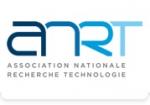 ANRT
ANRT  Laboratoire National de Métrologie et d'Essais - LNE
Laboratoire National de Métrologie et d'Essais - LNE  ONERA - The French Aerospace Lab
ONERA - The French Aerospace Lab 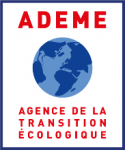 ADEME
ADEME  ASNR - Autorité de sûreté nucléaire et de radioprotection - Siège
ASNR - Autorité de sûreté nucléaire et de radioprotection - Siège 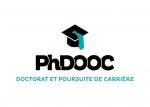 PhDOOC
PhDOOC  Généthon
Généthon  MabDesign
MabDesign  CASDEN
CASDEN  CESI
CESI  Aérocentre, Pôle d'excellence régional
Aérocentre, Pôle d'excellence régional  Institut Sup'biotech de Paris
Institut Sup'biotech de Paris  TotalEnergies
TotalEnergies

